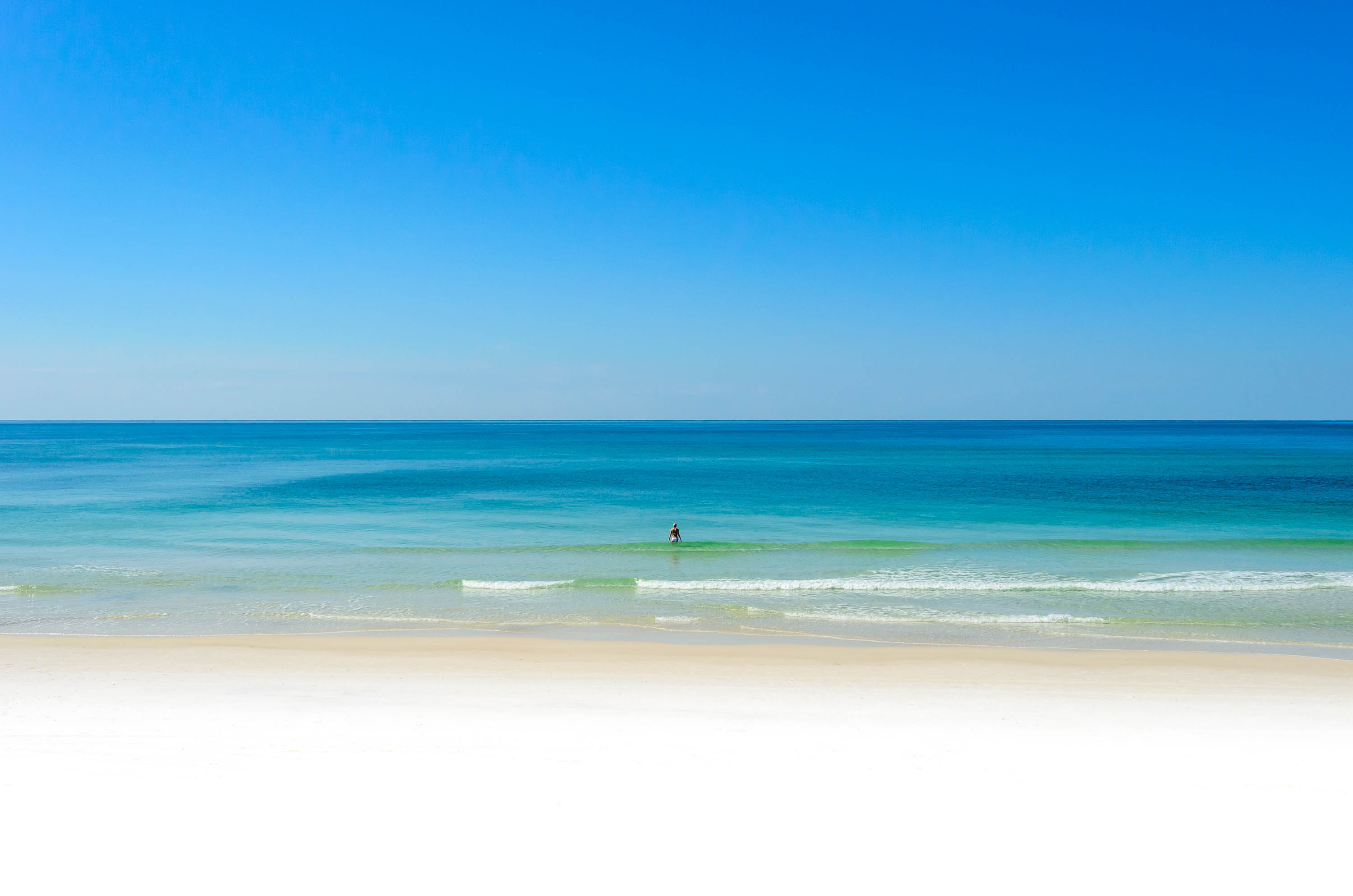I know mass transit is up for commuters. So much so that some cities are having a hard time keeping up.
If its affecting people just going to work you would think that the gas prices would also have to make some people think twice before they head to the beach.
By
Larry Copeland and
Oren Dorell, USA TODAY
Michael Rhoads, an engineer who lives near Albuquerque, saves $160 a month taking a commuter train. Mike Elder, a motorcycle salesman in California, cut his daily gas expense from $30 to $10 by switching from a pickup to a motorcycle. Jeff McCutchan, a quality assurance engineer in Snoqualmie, Wash., saves $14.25 a day through the vanpool he formed two weeks ago.
Commuters across the USA, pushed to the wall by soaring gas prices, increasingly are turning to alternate means of getting to and from work:
? Ridership on mass transit is up sharply in many cities, and the heftiest increases are on commuter rail lines. Transit officials say the increase is directly related to gas prices. Daily ridership on South Florida's Tri-Rail, which runs parallel to Interstate 95 from near West Palm Beach to Miami, was 28% higher last month than in April 2007, says Bonnie Arnold, spokeswoman for the South Florida Regional Transportation Authority.
It's a pattern repeated over and over: In places where commuters have a transit option, they're taking it. Ridership on the Southern California Regional Rail Authority's Riverside-Fullerton-Anaheim Metrolink line was up 8% in March over March 2007, spokeswoman Denise Tyrrell says.
Philadelphia's transit system saw an 11% jump in March over March 2007 on its 13 regional rail lines, says Felipe Suarez, spokesman for the Southeastern Pennsylvania Transportation Authority. Ridership is up significantly on the Maryland Transit Administration's MARC commuter trains. "Clearly, gas prices are driving it," says John Porcari, secretary of the Maryland Department of Transportation.


 I also think that people are driving to close destinations this year..
I also think that people are driving to close destinations this year..